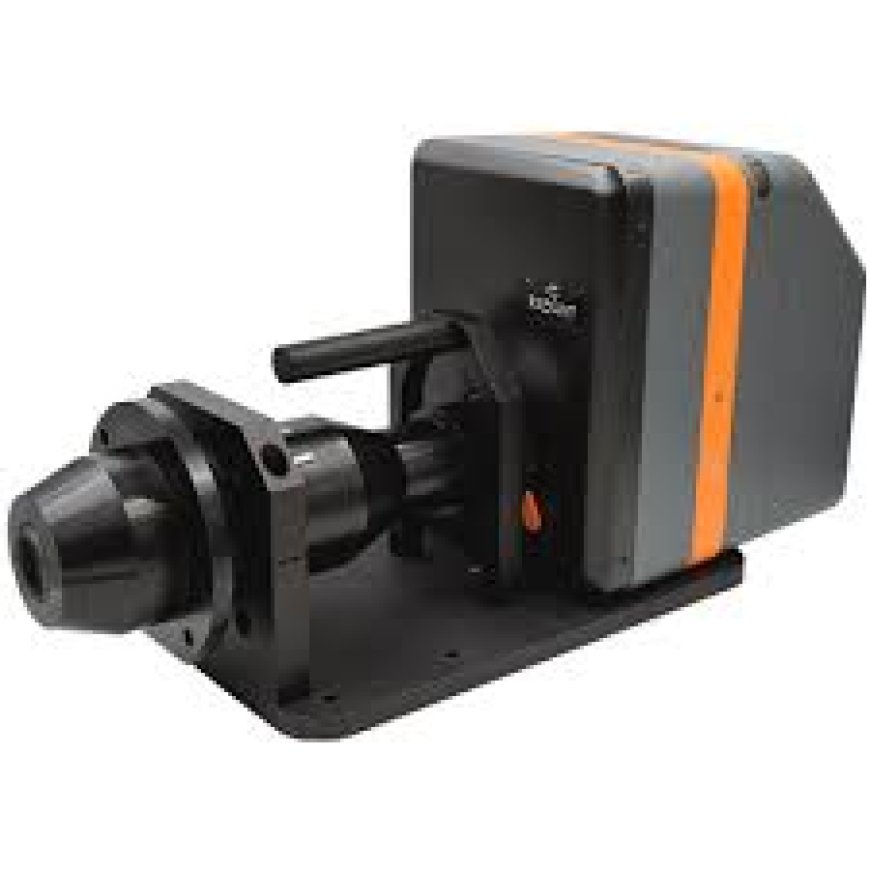What Is a Conoscope Lens and Why It Matters in Optical Testing
Explore the importance of a conoscope lens in optical testing. Learn how it works, where it's used, and why it's vital for accurate light analysis in displays and materials.

When it comes to optical testing and display measurement, the conoscope lens plays a very important role. Even though it may look like a small piece of glass, this lens is built to capture light patterns from very specific angles. These patterns help engineers and researchers understand how light behaves in various materials and displays.
Whether youre working in quality control, research labs, or display manufacturing, using a conoscope lens can give you accurate and detailed results. Lets take a closer look at what this lens does, how it works, and why its widely used in modern optical testing systems.
What Is a Conoscope Lens?
A conoscope lens is a type of detection lens used in optical measurement systems. Its main job is to collect light coming from different directions and turn that light into a single image for analysis. This process is known as angular imaging or Fourier imaging.
In simple terms, a conoscope lens helps capture how light leaves a surfacenot just how bright it is, but from what angles it travels. This is very useful when measuring things like:
-
Brightness and color uniformity in displays (LCD, OLED)
-
Light leakage in optical films
-
Surface reflection and refraction
-
Viewing angle performance
Because of its specialized design, the conoscope lens is perfect for high-precision optical testing.
How Does It Work?
A conoscope lens works by mapping different angles of incoming light onto a 2D image. Instead of taking a flat photo like a regular lens, it records how light travels in all directions from a single point. This gives engineers and technicians a full view of light behavior.
It is often used with cameras and imaging sensors that can read this angular data. The captured information helps professionals test and compare how materials or displays perform under different lighting and viewing conditions.
Key Applications of Conoscope Lenses
Here are some areas where conoscope lenses are often used:
-
Display Manufacturing: To test screen brightness, color shift, and contrast at different angles.
-
Optical Film Analysis: For studying light transmission through layers like polarizers and diffusers.
-
LED Testing: To understand the angular emission pattern of LEDs.
-
Research Labs: In experiments involving complex light behavior and wave patterns.
These lenses help industries maintain quality and ensure that products meet international optical standards.
Benefits of Using a Conoscope Lens
Using a conoscope lens offers several advantages:
-
Accurate Angular Measurement: Captures light behavior from every direction.
-
Improved Display Quality Testing: Essential for understanding how screens look from the side.
-
Non-Destructive Testing: No need to touch or damage the item being tested.
-
Compatible with Imaging Systems: Works well with modern test setups and camera sensors.
Whether for smartphones, TVs, or lighting systems, conoscope lenses ensure visual performance is consistent and reliable.
Conclusion
Understanding how light behaves from every angle is key to building better displays and optical materials. Thats where the conoscope lens becomes a game-changer. It's not just another lensits a smart tool that captures light in a more meaningful way.
For industries focused on high precision and quality control, this lens helps engineers detect problems before products reach the market. If youre working in the optical testing space or building advanced imaging systems, investing in a conoscope lens can be a smart move for better performance and reliable results.
















![Top 9 Real Estate Mobile App Developers in Riyadh, Saudi Arabia [2025 Edition]](https://www.biphoo.uk/uploads/images/202507/image_430x256_6879d0d524335.jpg)















